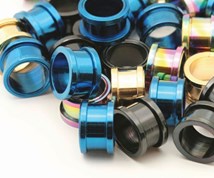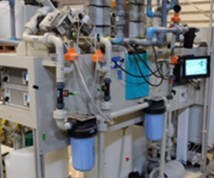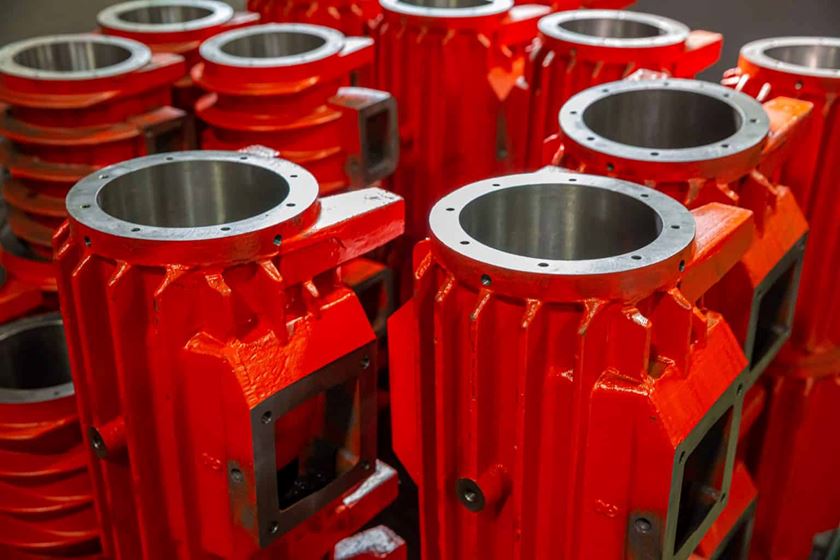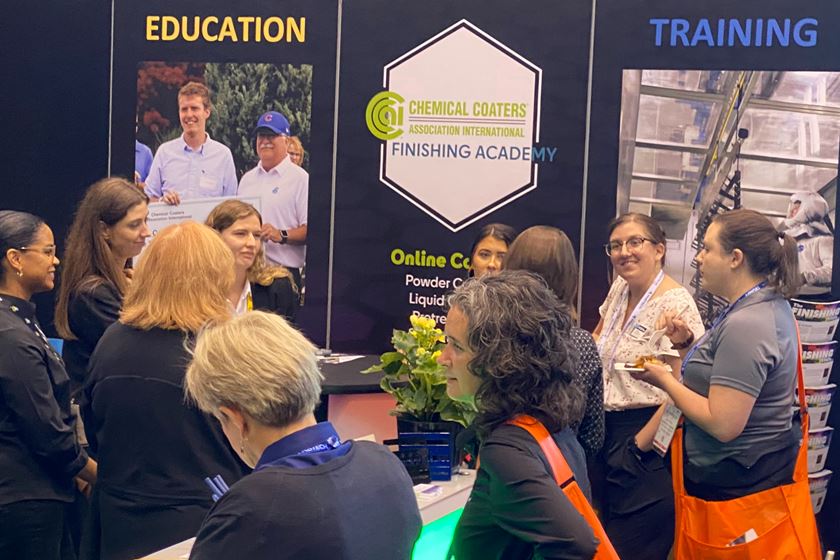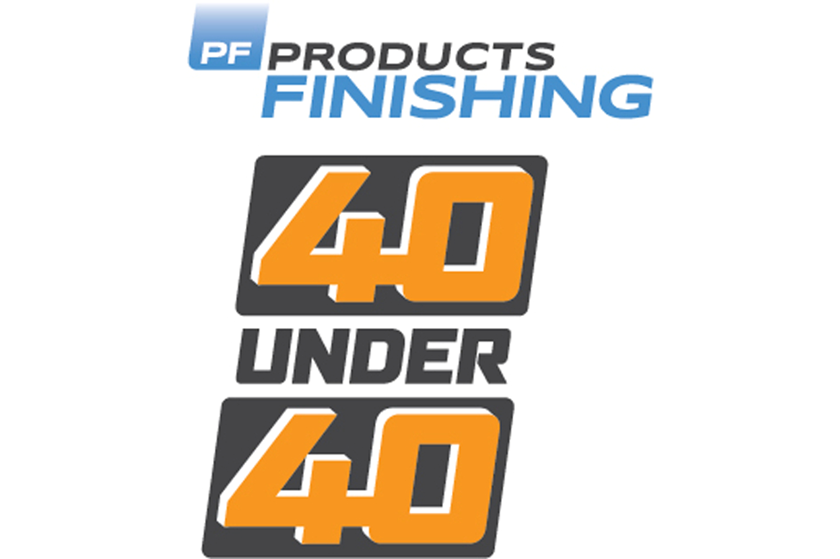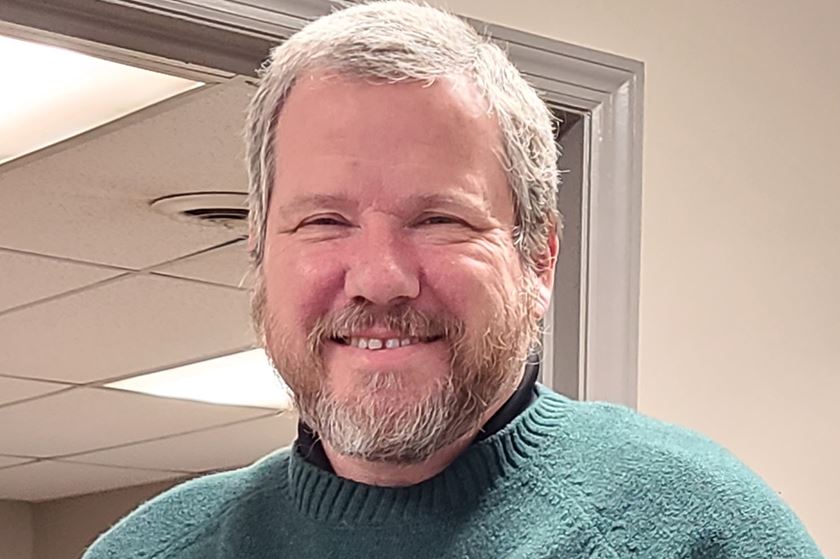Environmental Protection Considerations for a Rectifier
American Plating Power’s Ricky Valentin offers advice on buying a new rectifier.
#sustainability
Q. Our shop is looking to purchase a new rectifier, and I was curious as to what environmental issues we should consider before making a purchase.
A. Understanding your environment is crucial when selecting a rectifier. Exposure to the vapors and particulates in a metal finishing facility can cause premature failure of the rectifier. Understanding this will aid in determining the type of protection needed and should help to decrease downtime.
Featured Content
Several environmental factors should be taken into consideration when considering the purchase and installation of a rectifier: They are the available space and location, temperature, and humidity. Understanding these factors and the types of available cooling methods will help to increase the longevity of the rectifier and your return on investment.
Many ask why they should worry about the degree of protection for a rectifier. The two primary reasons are: 1) the decision made can extend the life of the rectifier, and 2) the return on investment can be improved. Downtime and repair expenses also can be significantly reduced with proper protection.
Understanding the various types of cooling methods will help you determine the degree of protection required for the rectifier in your specific environment. That degree of protection can be defined by internationally recognized standards such as NEMA, IP or IEC.
Air-Cooled Rectifiers
Air-cooled rectifiers generally require a clean environment or air supply, as the components that are cooled by the surrounding air will be susceptible to any corrosive particles or fumes that may be in the general vicinity of the equipment. Air quality, air flow, available space (to prevent air flow restriction), ambient temperature and humidity should all be reviewed for compliance with the manufacturer’s specifications. This will help in determining the correct air cooling design (convection-cooled, forced-air-cooled, air-to-water heat exchanger or ducted air) to suit your needs and environment.
Many modern designs incorporate variable-speed, thermostatically controlled cooling fans, which can greatly minimize the amount of air being drawn into the rectifier. In addition, a rectifier with direct air flow should be considered. With these types of rectifiers, air is directed through the heat sinks, only cooling the power components. The sensitive electronics are also isolated from the cooling air to improve the rectifier’s longevity. Conformal-coated circuit boards will also greatly improve the rectifier’s resistance to corrosive environments and improve life expectancy.
Preventative maintenance of an air-cooled rectifier is based on the air cooling design and should be scheduled according to the surrounding environment and manufacturer’s specifications. This may include cleaning air inlet filters, and visual inspection of cooling fans and heat sinks on a weekly to monthly basis.
Water-Cooled Rectifiers
Unlike an air-cooled rectifiers, water-cooled rectifiers can be installed into a harsh environment with minimal susceptibility to corrosive particles. The rectifier enclosure is mostly sealed to completely sealed, depending on how it is specified, and adds a protective barrier from the environment. The choice between an open-loop or closed-loop water cooling system would be based on meeting the manufacturer’s water-cooling specifications for optimal performance and longevity. If the quality of your cooling water does not meet the specifications required by the manufacturer, then a closed-loop system or an external water source will need to be considered. It is also strongly recommended to maintain the water temperature above dew point, as this will help prevent condensation inside the rectifier and resulting potential hazards.
Preventative maintenance of a water-cooled rectifier can be kept to a minimum, provided the water quality and temperature is within specification. Visual inspection for leaks of the internal and external water-cooling circuit will provide optimal performance and prevent any downtime, potential hazards and/or loss of water flow.
Oil-Cooled Rectifiers
Oil-cooled rectifiers are typically the largest of the mechanical packages offered, but the downside of this technology can be offset by its reliability. Unlike like air- and water-cooled designs, this type of rectifier can be installed in the most aggressive environments, because its power components are submersed into nonconductive oil. Heat is dissipated through fins that are external to the main rectifier enclosure, which is completely sealed from the environment and provides exceptional protection from any contaminants. Preventative maintenance is almost nonexistent on oil-cooled rectifiers because they are completely sealed from the environment. The extent of this benefit varies based on the rectifier technology (thyristor or variable transformer) used for the power section. The manufacturer will specify the oil level, oil-change interval and/or other components that may need to be replaced, based on operation. It is recommended that any maintenance work be scheduled for during a plant shutdown so as to not disrupt production.
Rectifiers can be a substantial capital expense for any company and, depending on the process, can cost hundreds of thousands of dollars. Factors such as process control, ripple percentage, rectifier technology and any other options required for your process will also need to be considered in evaluating the return on investment. By taking into consideration the degree of protection required for the rectifier, you will help to minimize any disruption in production, and maintenance and repair expenses, as well as the hazards that are associated with the environment. This in turn will help increase your overall return on investment, improve your process results and achieve smoother running and lower cost of production.
RELATED CONTENT
-
Copper Plating on Aluminum and Aluminum Alloys
How can I plate copper on aluminum?
-
Zinc Electroplating
Choosing the best process for your operation.
-
Smut and Desmutting
Question: I am new to this industry and have heard about smut and desmutting operations.


